Knowing how to use programmatic advertising is increasingly becoming important if you want to make the most of online ad spaces. This type of advertising automates the process of buying and selling ads in real time, making it a key tool for efficient and focused marketing. But if you’re new to this, it might seem a bit tricky because of its technical side and the complex world it operates in.
In this article, we’re going to make programmatic advertising easy to understand. We’ll give you a clear, straightforward, and friendly guide that will walk you through the basics and help you start your first campaign with confidence.
How To Do Programmatic Advertising: Understanding The Basics
Programmatic advertising represents a transformative approach to buying and selling digital advertising space. This method uses automated, software-driven technology to purchase ad placements, optimizing the process for speed, efficiency, and precision.
Some Key Terms:
- Demand-Side Platforms (DSPs): Tools used by advertisers to purchase ad inventory from multiple sources through automated bidding.
- Supply-Side Platforms (SSPs): Platforms that allow publishers to manage, sell, and optimize available ad space.
- Ad Exchanges: Digital marketplaces where DSPs and SSPs converge to trade ad inventory in real-time.
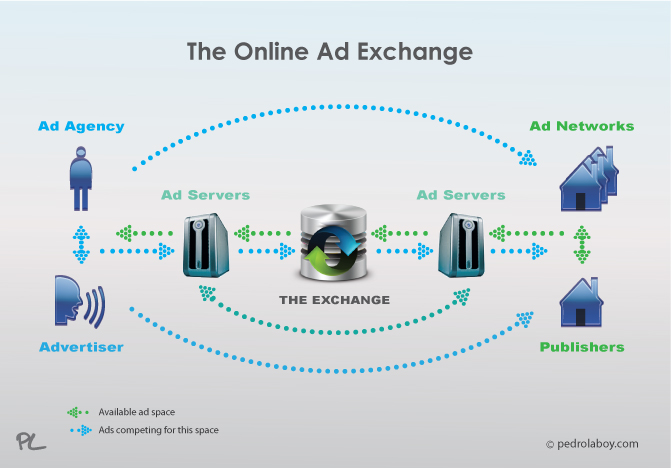
The ecosystem of programmatic advertising is a complex web of interactions between various stakeholders, each playing a critical role in the seamless execution of digital ad campaigns. Here’s a closer look at the key players:
Key Players Involved:
- Advertisers: Businesses or individuals looking to promote their products or services. They use programmatic platforms to target and reach their desired audience efficiently.
- Publishers: Owners of digital spaces, like websites or blogs, offering ad spaces. They aim to monetize their content by selling these spaces to advertisers.
- Ad Networks: Entities that aggregate ad spaces from multiple publishers to sell to advertisers. They serve as a bridge, filling the gap between supply and demand.
- Technology Providers: Companies that develop and maintain the software powering DSPs, SSPs, and Ad Exchanges. They are the backbone of the programmatic advertising ecosystem, ensuring the technology meets the evolving needs of advertisers and publishers.
This interplay between stakeholders ensures that programmatic advertising remains dynamic, responsive, and effective, adapting to the changing landscape of digital marketing.
How To Do Programmatic Advertising: The Technical Backbone
At the heart of programmatic advertising lies a robust technical backbone, designed to automate and refine the ad buying process. To work with programmatic advertising you will need strong math skills, the easiest way to improve math is to learn with a math tutor. This section delves into the core technologies that power programmatic advertising, highlighting how they’ve revolutionized marketing strategies.
Core Technologies:
- Real-Time Bidding (RTB): This automated process allows advertisers to bid on ad space in real-time, enabling the purchase of ad impressions on websites as they load. RTB ensures ads are displayed to the right audience at the optimal moment.
- Direct Programmatic: A method where advertisers directly agree on terms with publishers to buy specific ad spaces, combining automation with pre-negotiated prices.
- Programmatic Direct: Similar to direct programmatic, but with guaranteed ad impressions for the advertiser, offering more control over where and when ads are displayed.
The Role of AI and Machine Learning:
- Machine learning and AI are integral to programmatic advertising, analyzing vast datasets to predict which ad placements are most likely to achieve the advertiser’s goals. They optimize bidding strategies and creative targeting, continually learning and adjusting to maximize campaign effectiveness. This technological evolution has made programmatic advertising more intelligent, efficient, and effective, heralding a new era in digital marketing.
How To Do Programmatic Advertising: Getting Started
Embarking on your programmatic advertising journey can seem like navigating a labyrinth, but it becomes straightforward with a clear roadmap. This section guides beginners through the initial steps of setting up an account to launching their first campaign, along with integrating programmatic advertising into their broader digital marketing strategy.
Step-by-Step Guide for Beginners
- Choose the Right Platform: Research and select a Demand-Side Platform (DSP) that aligns with your marketing goals and budget.
- Set Up Your Account: Create an account on your chosen DSP. This will involve providing business details and setting up payment information.
- Define Your Audience: Utilize the DSP’s tools to specify the characteristics of your target audience, including demographics, interests, and behavior.
- Set Your Budget: Decide on your campaign budget and bid strategy. Most DSPs offer guidance on setting competitive bids.
- Create Your Ad: Design your ad creatives. Ensure they are engaging and relevant to your target audience.
- Launch Your Campaign: Once everything is set, launch your campaign. Monitor its performance closely for insights and optimizations.
Integration With Other Marketing Efforts
Programmatic advertising should not exist in isolation. Integrating it into your overall digital marketing strategy can amplify your efforts:
- Complement Other Channels: Use insights from social media, email marketing, and SEO to refine your programmatic targeting and creatives.
- Data Sharing: Leverage data across platforms for a cohesive understanding of your audience, improving personalization and relevance across all marketing channels.
- Unified Strategy: Ensure your programmatic campaigns support and enhance your broader marketing objectives, creating a seamless experience for your audience.
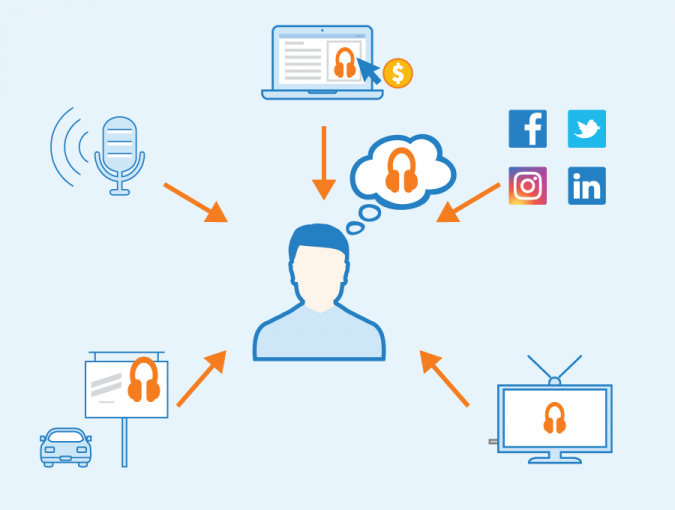
By following these steps and integrating programmatic advertising into your wider marketing strategy, you’re setting the stage for a successful and efficient digital advertising campaign that resonates with your target audience.
Strategy and Optimization
Crafting an effective programmatic advertising strategy is not just about setting up a campaign and letting it run; it’s about making informed decisions at every step, from targeting to budget allocation and creative design. Moreover, continuously optimizing these elements can significantly enhance your campaign’s performance.
Crafting Your Strategy
- Targeting: Go beyond basic demographics. Consider psychographic factors like interests, values, and lifestyles, behavioral aspects such as browsing habits and purchase history, and contextual targeting to match ad content with website theme.
- Budget Allocation: Allocate your budget based on campaign goals, audience reach, and previous campaign performance. Flexibility is key; be prepared to adjust your spend based on real-time results.
- Creative Decisions: Your ad creative should resonate with your target audience. Use dynamic creative optimization (DCO) to automatically personalize ad elements to the viewer.
Optimization Techniques
- A/B Testing: Continuously test different aspects of your ads (e.g., headlines, images, CTA) to see what performs best and refine accordingly.
- Data Analysis: Regularly analyze campaign data to identify patterns and insights. Adjust targeting, bidding, and creatives based on these findings.
Technology Utilization: Leverage the latest ad tech innovations, such as AI and machine learning, for predictive analytics and automated optimization.
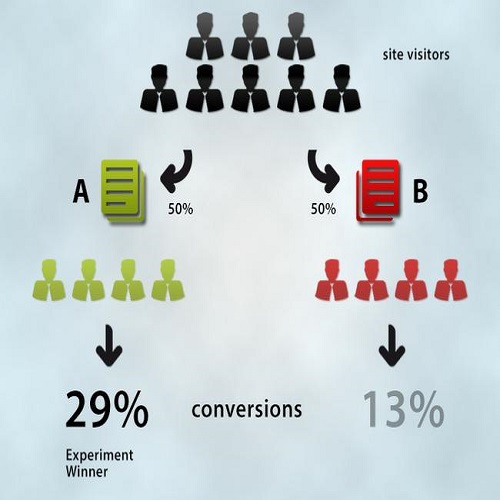
Advanced Targeting Strategies
Exploring advanced targeting strategies like psychographic, behavioral, and contextual targeting allows for more precise and effective ad placements. These strategies ensure that your ads not only reach the right audience but also speak to their specific interests and needs, significantly improving engagement and conversion rates. By continuously crafting, optimizing, and exploring advanced targeting, your programmatic advertising efforts will become increasingly sophisticated and successful.
Unlocking Digital Success: Embrace Programmatic Advertising with FVG
Programmatic advertising is key for businesses, offering top-notch efficiency and targeting. It lets brands connect with their ideal audience at just the right moment, boosting their ad impact.
Starting with programmatic advertising might seem tough because of its details and fast-changing tech. But don’t worry, that’s where a digital marketing agency like Flying V Group comes in. We’re all about growth and results, skilled in guiding you through programmatic ads. With our tailored plans and focus on real results, we’re here to help your business soar.
Ready to up your digital marketing game? Get in touch with Flying V Group today and discover how programmatic advertising can take your brand to new heights.
FAQs
How is programmatic advertising done?
Programmatic advertising is conducted through automated technology that buys and sells online ad space in real time. Advertisers use demand-side platforms (DSPs) to bid on ad spaces on publishers’ sites managed by supply-side platforms (SSPs).
How do I create a programmatic ad?
To create a programmatic ad, start by defining your target audience and campaign objectives. Design your ad creatives, choose the appropriate ad format, and set your budget. Finally, upload your ad to a DSP and launch your campaign.
How to do effective programmatic advertising?
Effective programmatic advertising involves precise audience targeting, optimizing bidding strategies, and using high-quality, engaging creatives. Continuously analyze and adjust your campaigns based on performance data to improve ROI.
What are the basics of programmatic advertising?
The basics of programmatic advertising include understanding the roles of DSPs (Demand-Side Platforms), SSPs (Supply-Side Platforms), and ad exchanges. It’s also essential to grasp real-time bidding, audience targeting, and the importance of ad creatives.
How do I start programmatic SEO?
To start with programmatic SEO, identify high-volume, long-tail keywords within your niche. Create scalable content templates that can be automatically customized with specific keywords. Use these templates to produce and publish large amounts of SEO-friendly content efficiently.

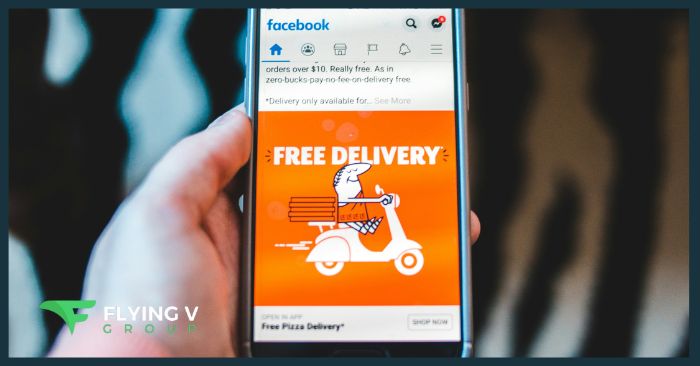


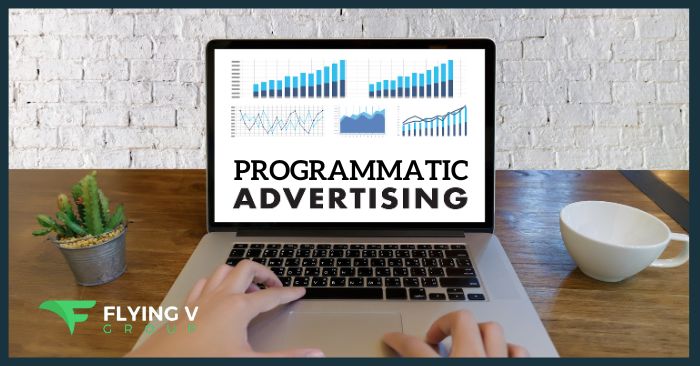

0 Comments